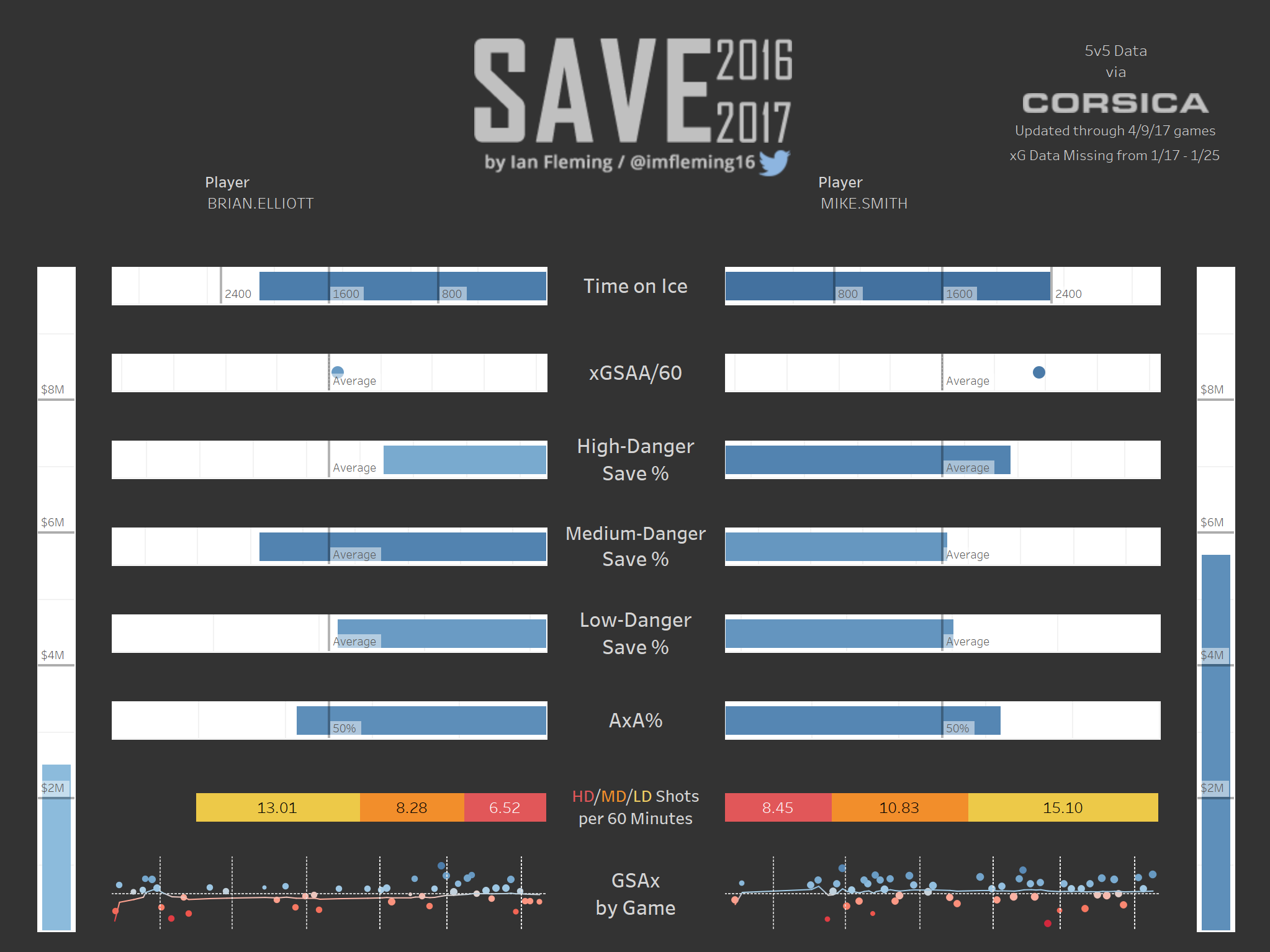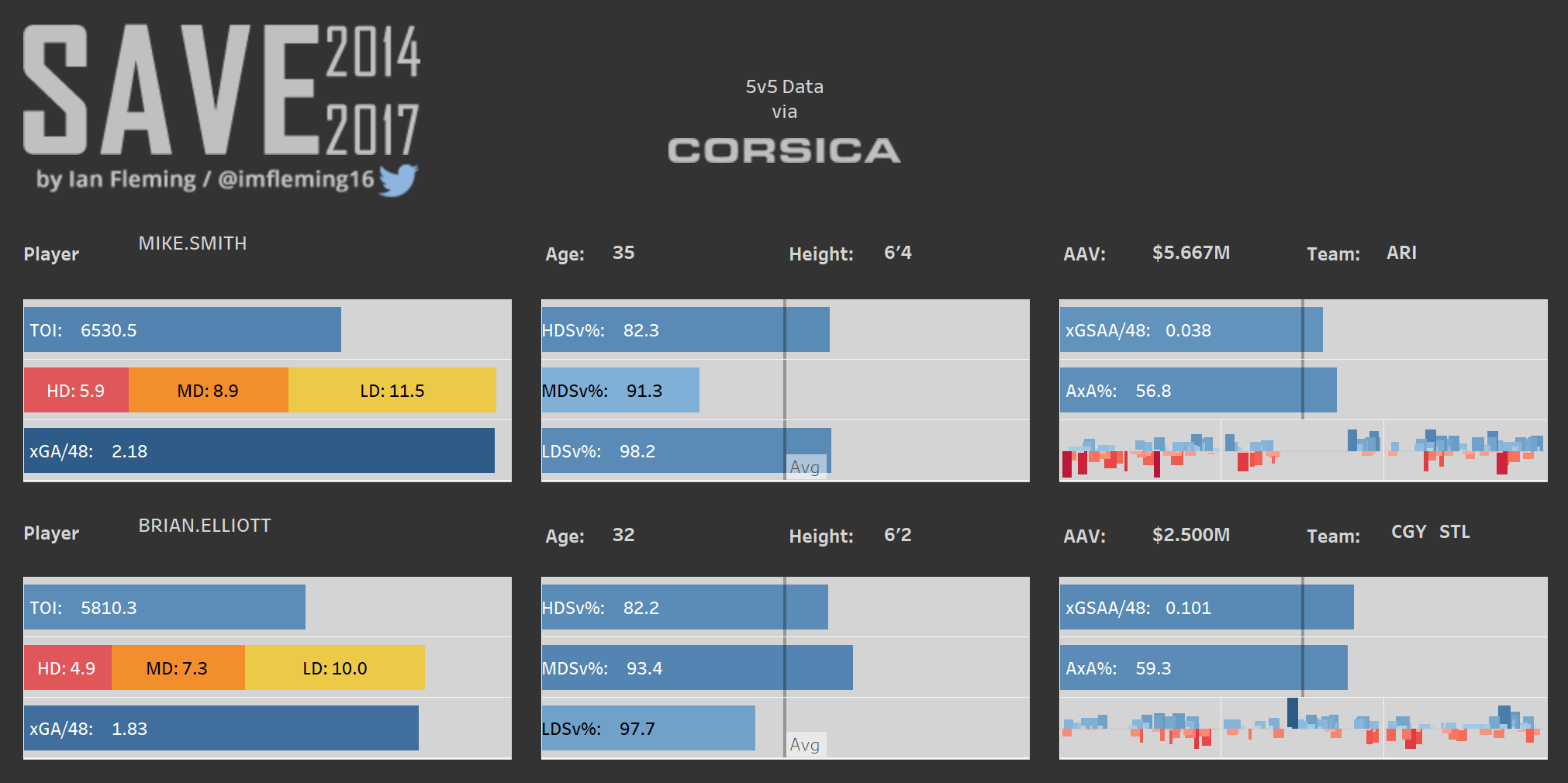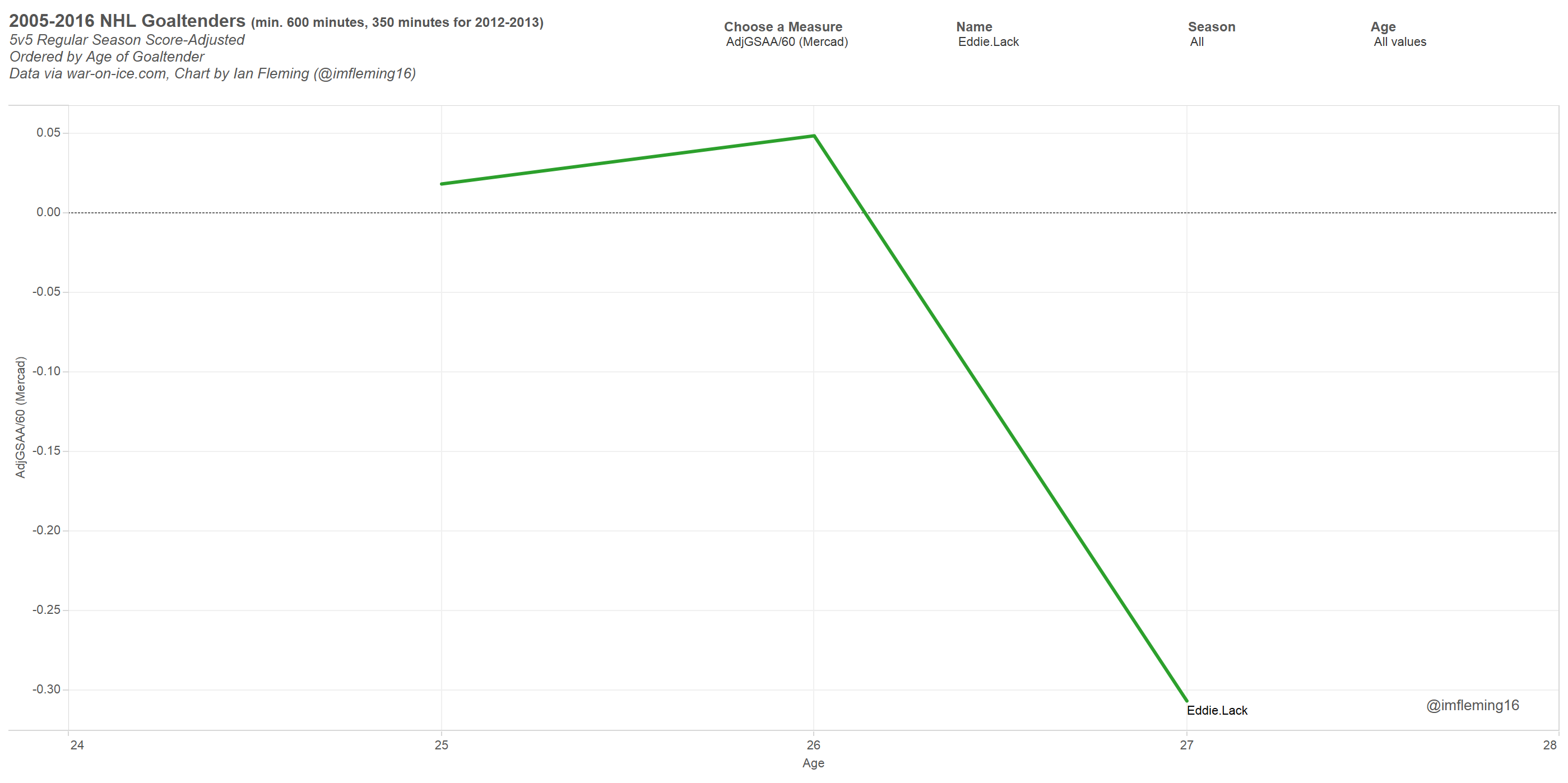FN Mailbag – Putting the pieces in place

By Kent Wilson
6 years agoWith Brad Treliving rapidly re-signing all of his remaining RFAs, there’s not much left for the team to do this summer besides arranging the chess board. Although the team has said they’d like to add another quality forward before the summer is over, the chances of that happening dwindle as the offseason progresses. It’s possible another late training camp Kris Versteeg-type deal is consummated in late September, but… those tend to be rare.
Once Sam Bennett is finally re-inked, we’ll be thrust into the doldrums of summer where we spend weeks speculating on depth charts, line combinations, and PP set-ups. For now, let’s talk about Bennett’s future as a Flame and whether or not the team will finally get dependable goaltending this year.
I wouldn’t say the Flames are convinced that Micheal Ferland is a top line RWer. More that they are willing to give the experiment a longer look after good early returns.
That is the prudent move at this point in Ferland’s career given his mixed results so far. The kid is now 25 years old, has bounced around the lineup a bit, and only has a career high 15 goals and 25 points. His underlying numbers have been similarly mixed. With good players, Ferland is an above average possession guy. With middle-to-bad ones, he’s not.
So however much Brad Treliving might like the player and his package of skills, it doesn’t make sense to go all-in on him just yet. They simply need more information.
That said, if a top six RWer suddenly fell into their laps, I’m sure Calgary would have no qualms about bumping Ferland back down the rotation as well.
As mentioned in the WWYD last week, center is a more “valuable” position in the NHL, and teams often dream of having at least three high-quality Cs down the middle. Were Sam Bennett to take a real step forward and become a concern for opposing coaches, Calgary would have the ideal set-up in their top nine rotation: a scoring top line (Sean Monahan/Johnny Gaudreau), a dangerous second line (Bennett/Matthew Tkachuk?), and a tough minutes, checking third line (Mikael Backlund/Michael Frolik).
Although that is the theoretical ideal, sometimes having three good centers also means spreading the ice time a little too thin between all of them. It also becomes less optimal if the winger depth isn’t there.
The Sharks, for instance, had Patrick Marleau and Joe Thornton as a dangerous one-two punch down the middle for years until Joe Pavelski arrived. They played “Little Joe” as a third line C for awhile, but eventually bumped Marleau to the wing so that all three guys could get ample top six ice time.
Of course, converting a center to a winger is always an option down the road, even if he is developed into a worthwhile pivot first. I think this is what the Flames are hoping can happen with Bennett – getting to the point where he can play either/or effectively.
The advantage this year is simply more information. Although Bennett has struggled at center so far, we’re relying on a small sample of data at the very start of the player’s career to base our evaluation on. It’s also data that is potentially skewed by a uniquely deleterious linemate in Troy Brouwer last year. So putting him back in the middle is something of a fact finding mission for Treliving and Glen Gulutzan.
The Flames potentially have to balance their interest in Bennett at center with their interest in competing this season. If they don’t sign another quality winger by the time the season starts, their top nine winger depth will be questionable. And if Bennett once again struggles to be an impact guy down the middle to start things off, one wonders how much longer they’ll stick to their commitment of developing him as a C.
In the end, if Bennett is a better winger than he is a center, then he is what he is. If that helps solve Calgary’s depth problems at wing, it’s a happy bonus. But I imagine the decision makers want to be sure first.
Sam Bennett was mediocre or worse across the board last year. That means the player has to take a step forward in at least one key area to break out. Be it goal scoring, puck distribution, driving possession – he needs to become above average at one (if not more than one) of these factors. Guys get more ice time and more opportunity when they either put up points or impact the flow of play (elite guys do both). Last year, Bennett mostly did neither.
What would also help give Bennett a leg up (and more ice time) is discipline. Through the early going in 2016-17, Bennett had one of the worst penalty differentials on the team (and maybe the league in terms of differential per 60 minutes of ice). He ended the season with the third highest PIMs on the team (75) and the second highest number of minors (30). That made it much harder for GG to play the kid consistently.
This doesn’t mean Bennett can’t be aggressive. It means he has to learn how to channel his aggression in a more useful fashion. Matthew Tkachuk, for instance, also took a ton of penalties – but he also drove play and drew even more penalties than he took. That’s useful aggression.
Better circumstances would also help of course – less Brouwer, more PP ice time, etc. Obviously, Bennett can’t control his linemates, but otherwise he has to make a case for himself to be bumped up the rotation.
I think it’s possible, although the field is a narrow one. If Calgary isn’t courting Jaromir Jagr, I’m not really sure who else is out that would be worth a damn, at least in terms of free agents. Drew Stafford? Thomas Vanek? P.A. Parenteau? The scratch and dent bin is getting thin.
Treliving has gone on record saying the roster is still a work in progress, but he might be running out of options.
I kind of did that two years ago in the Big Gainer series. The Hawks were one of the more extreme examples of a team moving from the basement to the executive suite in rapid succession. There are some surface similarities between the two clubs – the rapid ascent of a handful of young players (Monahan, Gaudreau vs. Patrick Kane and Jonathan Toews), the quality blueline (Mark Giordano, Dougie Hamilton, T.J. Brodie vs. Duncan Keith, Brent Seabrook, Nicklas Hjalmarsson), and emergence of organizational depth (Backlund, Tkachuk, Ferland, Bennett vs. Andrew Ladd, Dustin Byfuglien, Patrick Sharp, and a young Troy Brouwer).
That said, the two teams’ journeys are only nominally comparable. It’s tempting for Flames fans to compare Calgary to Chicago because we know how the Blackhawks journey ends. The truth is, Chicago is a unique case where a huge host of factors all converged to forge an elite, near dynastic group. We can hope – but not expect – the same happens here.
The problem with goaltenders is we haven’t really developed any truly predictive stats for them yet. It might be that this is impossible – at least in terms of being able to predict single season performances. A major roadblock in this endeavour is the fact that the difference between great goaltending and lousy goaltending in the NHL is minuscule: over a 100-shot sample, a .905 SV% goalies allows just three more goals than a .935 SV% goalie.
That difference has a big impact in the NHL because goals are so rare, but in absolute terms, differentiating between those two performances is extremely difficult. Layer on team effects, special teams, random bounces and, well… goalies are voodoo.
That’s my long way of saying there is some evidence we can dig up in favour of Mike Smith and Eddie Lack, but it won’t necessarily tell us they will be as good or better than Brian Elliott and Chad Johnson were.
Nevertheless, here’s the data:

This chart from Dispelling Voodoo (via @imfleming16) compares Elliott and Smith’s 2016-17. As you can see, Elliott had below average low danger and high danger save rates, giving him a slightly below average expected goals saved above average (xGSAA/60).
Smith, on the other hand, was above average in everything, including high danger shots and expected goals saved. Smith also saw a higher percentage of danger shots against than Elliott (8.45 to 6.52), making his season even more impressive.
If we draw back to a three-year sample, the two goalies are actually very similar. Of note is the fact that Elliott was well ahead of Smith by many of these measures around this time last year, but the two players’ divergent seasons has brought them much closer together:

As for Eddie Lack, there’s no hiding the fact that he’s been terrible for the last two years in Carolina. The weird thing is the Hurricanes traded for Lack as a putative starter because he had been excellent everywhere else prior to arriving there.
Lack was a well above average AHL goalie, managing an average SV% of about .925 during his time there. As a backup in Vancouver, he posted a .921 season before being traded to the Canes. This goalie progression chart shows just how steep Lack’s fall from grace was:

The stat in question here is adjusted goals saved above average/60 (developed by @NMercad), which is a method of adjusting for shot quality against which shows how many goals a player allowed or saved above or below what could be expected based on shots against.
As you can see, Lack was an above average puck stopper for his first couple of seasons for the Canucks before falling off a cliff. If you click the link above and play with the data yourself, you’ll see this is true for other measures as well, including both unadjusted and adjusted save percentage.
So for whatever reason, Lack stepped into an elevator shaft in Carolina. There are rumours that the coaching staff tried to completely alter his save style and rebuild his game, which actually had the reverse effect on the player. He also battled injury problems, including concussions.
The question for the Flames is if he’s redeemable or not.
Recent articles from Kent Wilson




